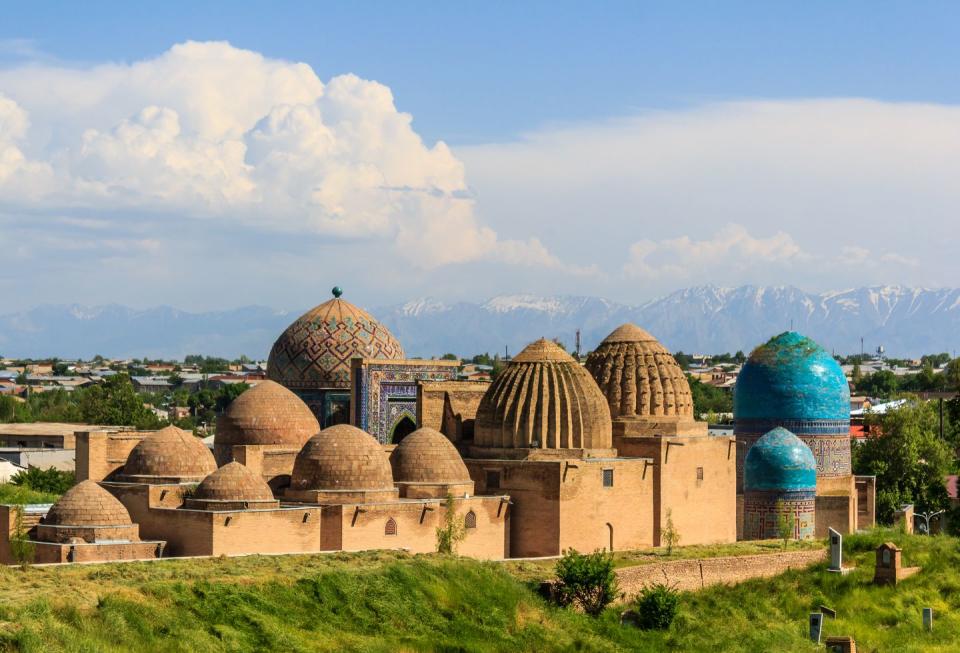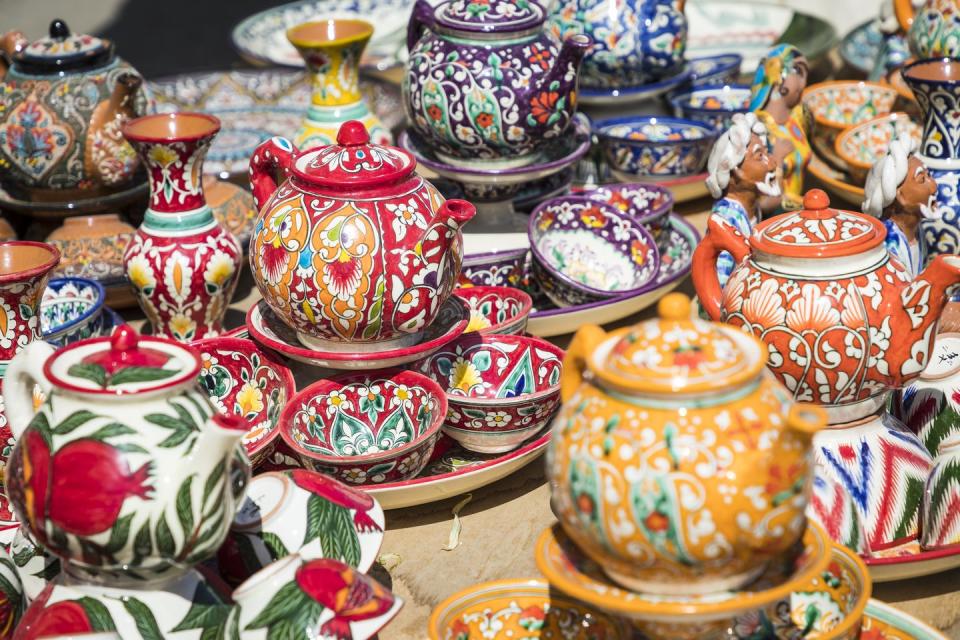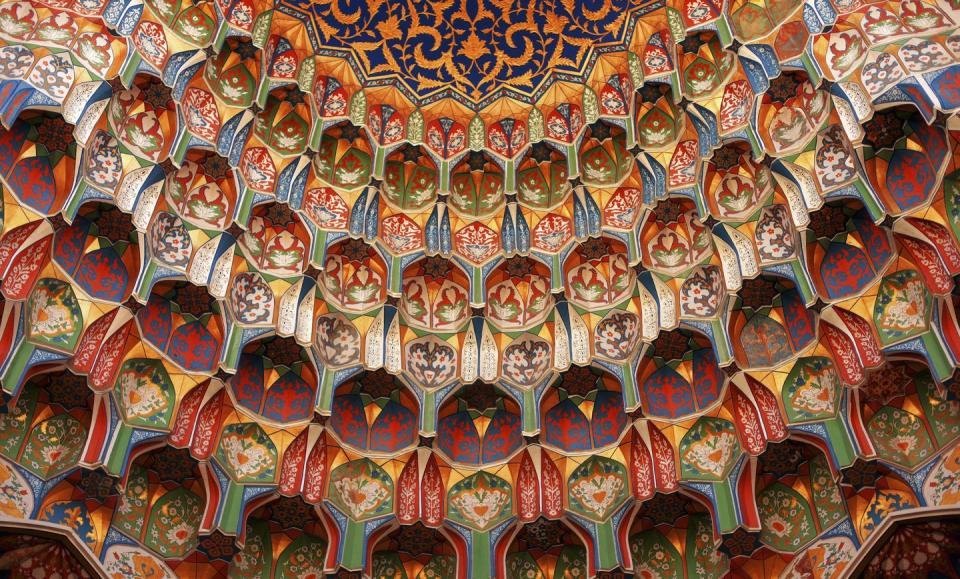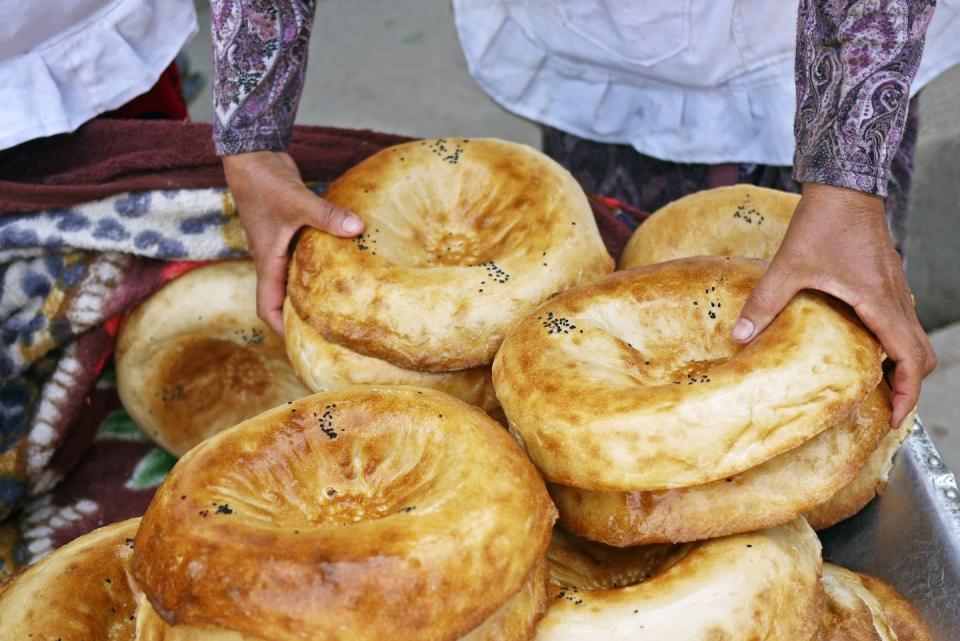5 reasons to visit Lonely Planet's top region for 2020

Lonely Planet has named its top region to visit in 2020 as the Central Asian Silk Road.
The region, which was once made rich by trade and travellers, is again attracting interest all around the world thanks to an easier way to explore it.
A fantastic place to visit for its ancient cities, bustling bazaars and wild landscapes, Lonely Planet says the Silk Road is drawing increasing numbers of visitors looking for an adventure through history’s most storied travel routes.
The Silk Road covers the countries of Kyrgyzstan, Tajikistan and Uzbekistan, which all now offer either visa-free access or e-visas for travellers, making it easier to explore this lesser-known part of the world.

It is perhaps Uzbekistan which is the most captivating country along the Silk Road, where visitors can discover majestic mosques, minarets and bustling bazaars.
The up-and-coming holiday destination offers you the chance to go truly off the beaten path in a culturally, ethnically and geographically diverse part of the world.
In 2018, Uzbekistan was the star of Joanna Lumley's ITV show Silk Road Adventure and now is the perfect time to follow in her footsteps and visit Lonely Planet's number one region for 2020 yourself. Here's why you should visit Uzbekistan this year...
1. You no longer need a visa
Since February 2019, visitors from 45 countries including the UK, many other European countries, Australia, New Zealand and Canada were no longer required to apply for a visa for stays of 30 days or less.

The country’s president, Shavkat Mirziyoyev, who assumed the role in 2016, made the announcement as part of a package of reforms he introduced with the aim of opening the country up to global tourism and investment.
Uzbekistan has enjoyed a 40 per cent increase year-on-year in tourism since 2017, according to its State Committee for Tourism, thanks to UNESCO World Heritage Sites along the storied Silk Road, as well as a recently completed high speed rail network linking the historic cities of Tashkent, Samarkand and Bukhara.
2. You can discover the delights of Central Asian cuisine
Uzbekistan is home to many hearty dishes, from sumptuous dumplings to moreish noodles and amazing mutton kebabs. In fact, lamb and mutton feature heavily in the Uzbek diet due to the large number of sheep that graze throughout the country.

The nation’s most celebrated speciality is plov, a combination of rice, meat, carrots and onions, sometimes with dried fruits, cooked in a Kazan, a traditional cauldron-like pot that is suspended over an open fire. Plov will usually be served at family gatherings, and at special occasions such as weddings and public holidays.
For centuries, Uzbekistan has also been home to a significant Jewish community, the Bukharan Jews, who have contributed their own customs to the nation’s culture. Some traditional Bukharan meals include fried fish with garlic sauce, osh palov – a special version of the signature rice dish made with beef and chicken – and Kov roghan, made from fried pieces of chicken with fried potatoes piled on top.
3. You can marvel at ambitious ancient architecture
Modern-day Uzbekistan is made up of cities that were at the cultural and intellectual heart of the ancient Islamic world, and as such it is home to some awe-inspiring feats of architecture, and fascinating monuments. The city of Bukhara, for example, located along the Silk Road, contains 365 mosques, while the medieval trading hub of Khiva remains perfectly preserved in the desert.

Registan square, meanwhile, in the city of Samarkand, is fantastical – with exquisite fluted turquoise domes, mosaic madrasas, majestic arches and towering minarets. If you want to come within touching distance of our ancestors, Uzbekistan is the place to do it.
4. You can witness spectacular scenery
Uzbekistan is geographically diverse, with a mix of arid stretches of desert, lush green valleys and snow-topped mountains. In central Uzbekistan you’ll find the Desert Castles of Ancient Khorezm, a half-decayed settlement rising from the sands that once contained a magnificent, intricately constructed palace.

Historically the Silk Road route connecting the cities of Kashgar and Samarkand, the Fergana Valley sweeps across eastern Uzbekistan, into southern Kyrgyzstan and northern Tajikistan, its fertile plains kept green by the Naryn and the Kara Darya rivers. The Kamchik Pass, which runs along it at 2,268 metres above sea level, offers stunning views of the surrounding terrain.
5. You can see traditional craftsmanship
Though the Silk Road has long since been superseded by technological advancements in shipping and transportation, silk-weaving remains an important trade in Uzbekistan, where you can see the process play out from cocoon to couture – and purchase amazing garments or carpets to take home.

Another crucial part of Uzbek culture is baking, with one of the country’s staples being lepyoshka flatbread. Shaped like a disc and embroidered with decorative patterns, this thick bread is baked in a traditional clay tandoor oven.
Get me there...
Red's exclusive Silk Road adventure takes in visits to evocative towns like Khiva and Bukhara, the UNESCO-protected Desert Castles of Ancient Khorezm and exquisite Registan Square on a once-in-a-lifetime tour over 11 days. BOOK NOW
You Might Also Like


